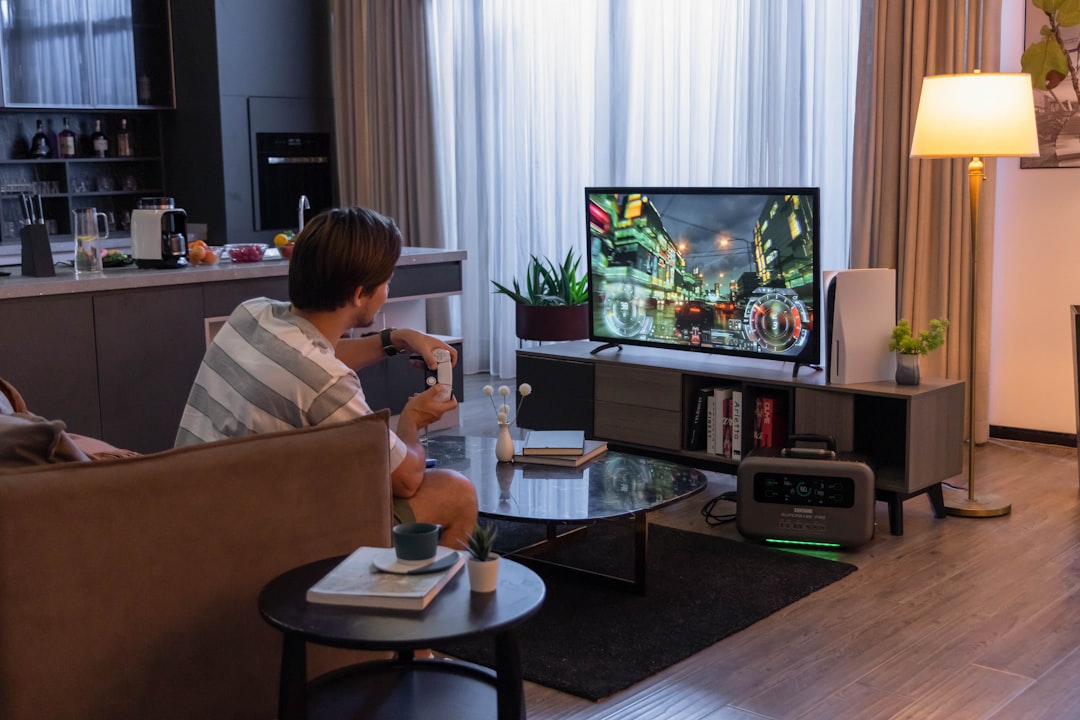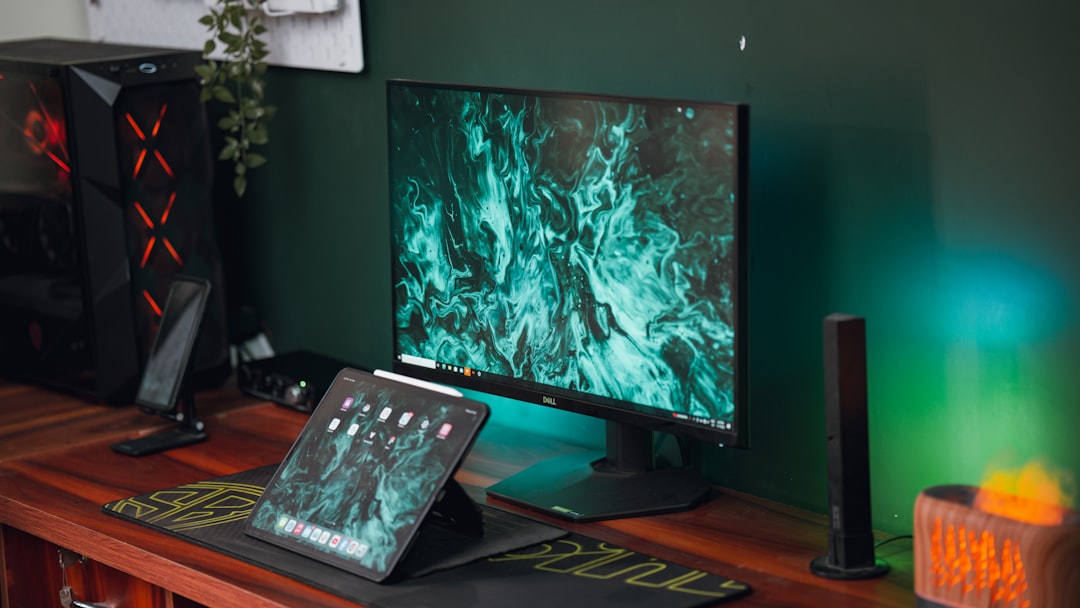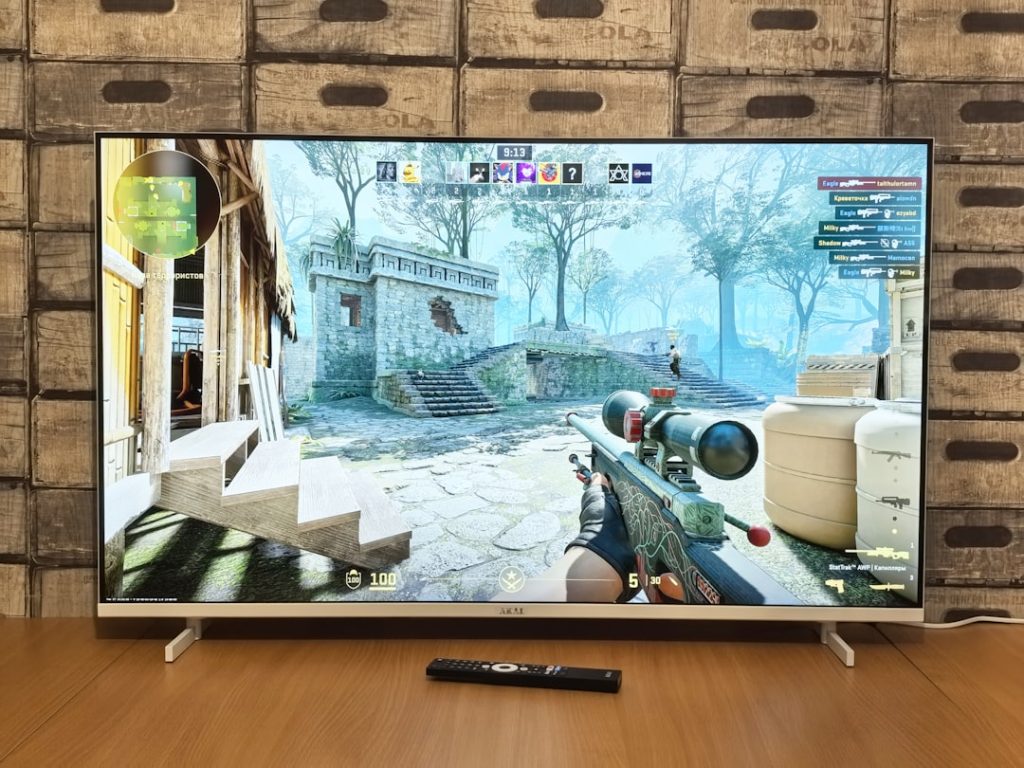As modern computing and entertainment systems continue to evolve, users often face the need to connect devices with differing port standards. One of the most common compatibility challenges arises between HDMI and DisplayPort. These two video and audio interfaces, while superficially similar in purpose, have key differences in design, capabilities, and signal direction. Whether you’re connecting a gaming monitor to a laptop or setting up a multi-monitor workstation, understanding the intricacies of HDMI to DisplayPort and DisplayPort to HDMI conversions can save both time and frustration.
Understanding the Standards
HDMI (High-Definition Multimedia Interface) is widely used in consumer electronics such as televisions, game consoles, and home theater systems. It is designed primarily for digital video and audio transmission and supports Consumer Electronics Control (CEC), Audio Return Channel (ARC), and Ethernet on some versions.
DisplayPort, by contrast, is more commonly found in computer hardware and professional-grade displays. It supports high-resolution displays and high refresh rates and is well-suited for multi-monitor setups, particularly in office and productivity environments.

Signal Direction: Why It Matters
One of the most critical aspects to understand when dealing with DisplayPort and HDMI is the direction of the signal and compatibility. These interfaces use different signaling standards: HDMI uses a TMDS (Transition-Minimized Differential Signaling) format, while DisplayPort utilizes a packet-based protocol similar to those used in networking.
Because of these differences, you can’t simply connect an HDMI cable to a DisplayPort port using a passive adapter and expect full compatibility. The signal needs to be actively converted in one direction, depending on the source and the display device. Here’s how it breaks down:
- HDMI to DisplayPort: More complex, requires an active adapter.
- DisplayPort to HDMI: More straightforward, can often use passive or active adapters depending on the port’s support.
HDMI to DisplayPort: The Difficult Path
Going from an HDMI output (such as a laptop or gaming console) to a DisplayPort input (such as a monitor) is the less common and more challenging route. This requires an active converter that does more than just adjust the pinout — it must change the signal format entirely.
Why is it harder? HDMI sources do not output a signal that is natively compatible with DisplayPort. Therefore, to make the HDMI device function properly with a DisplayPort monitor, an active HDMI to DisplayPort adapter is essential. These adapters contain internal circuitry to adjust signal voltage and convert formats.
Additional considerations include:
- Power: Many active HDMI to DisplayPort adapters require external USB power.
- Cost: These adapters tend to be more expensive than their DisplayPort-to-HDMI counterparts.
- Compatibility: Not all video cards or devices work seamlessly with all adapters, especially at higher resolutions like 4K.
DisplayPort to HDMI: A Flexible Solution
Conversely, converting from DisplayPort output to an HDMI input is usually simpler. Many modern graphics cards support dual-mode DisplayPort (DP++), which allows the port to send HDMI signals directly. This means a passive DisplayPort-to-HDMI adapter or cable may work just fine.
If a device does not support DP++, then an active adapter will be needed. These are externally powered units that perform signal conversion seamlessly — and they are typically more affordable and reliable than HDMI to DisplayPort converters.
Key advantages:
- Wider device support.
- Simpler and cheaper adapter requirements.
- Generally better performance due to native support by GPU vendors.

Common Use Cases
- Gaming setups: Gamers often face the need to use HDMI-based consoles with higher-end monitors that only offer DisplayPort inputs. HDMI to DisplayPort active adapters are required in this case.
- Office productivity: Connecting a DisplayPort laptop or desktop to an HDMI-capable projector or TV is commonplace. Passive adapters work well if the source supports DP++.
- Multi-monitor configurations: DisplayPort’s support for daisy chaining and high refresh rates makes it ideal for setups with multiple displays, even if some of them use HDMI.
Compatibility Considerations
Here are a few important compatibility factors to consider:
- Resolution Support: Verify that the adapter or converter supports your required resolution and refresh rate (e.g., 1080p at 60 Hz, 4K at 30 or 60 Hz).
- Audio Transmission: Some older adapters may not support audio. Check product specifications carefully.
- HDCP Compliance: If you’re working with protected content (e.g., Blu-ray), make sure the adapter supports HDCP (High-bandwidth Digital Content Protection).
DisplayPort Versions vs HDMI Versions
Each new version of DisplayPort and HDMI brings improvements in speed, features, and compatibility. Here’s how they generally compare:
| Standard | Max Resolution | Max Refresh Rate | Bandwidth |
|---|---|---|---|
| HDMI 1.4 | 4K | 30Hz | 10.2 Gbps |
| HDMI 2.0 | 4K | 60Hz | 18 Gbps |
| HDMI 2.1 | 10K | 120Hz | 48 Gbps |
| DisplayPort 1.2 | 4K | 60Hz | 21.6 Gbps |
| DisplayPort 1.4 | 8K | 60Hz | 32.4 Gbps |
| DisplayPort 2.0 | 16K | 60Hz | 80 Gbps |
Recommended Use Based on Scenario
- Need HDMI to DisplayPort: Use an active, externally powered adapter and verify resolution and refresh rate support.
- Need DisplayPort to HDMI: Check if the source supports DP++. If it does, a passive adapter may suffice. Otherwise, use an active converter.
- High-performance gaming or high-resolution professional display: Prioritize native DisplayPort connections when possible, or use high-quality active adapters tested for 4K or above.
Conclusion
Whether you’re upgrading your monitor, adding a new device to your setup, or troubleshooting display issues, the key to seamless integration lies in understanding the signal direction and hardware compatibility. HDMI to DisplayPort is tricky and necessitates active conversion, while DisplayPort to HDMI offers greater flexibility, especially when supported by DP++.
Carefully assessing your devices and choosing the right type of adapter can eliminate headaches and provide a smooth multimedia experience — whether at work or during gaming sessions.
FAQ: HDMI to DisplayPort vs DisplayPort to HDMI
- Q: Can you use the same adapter for both HDMI to DisplayPort and DisplayPort to HDMI?
A: No. Adapters are directional. HDMI to DisplayPort and DisplayPort to HDMI use different signal protocols and require specific adapters for each direction. - Q: Do I need power for these adapters?
A: HDMI to DisplayPort typically requires external USB power. DisplayPort to HDMI may not, especially if using a passive adapter with DP++. - Q: Will audio transmit over


